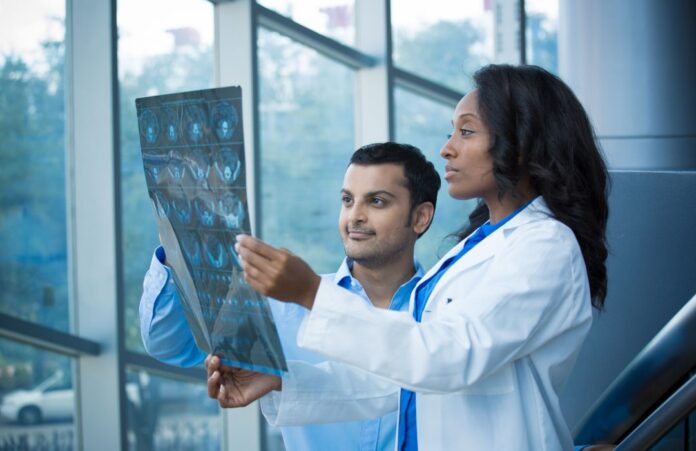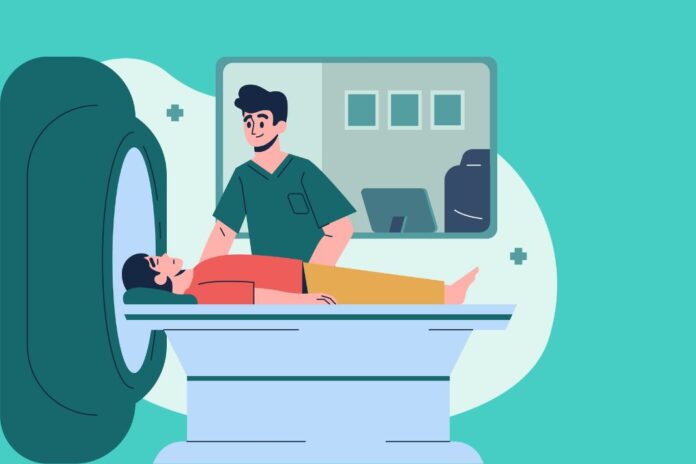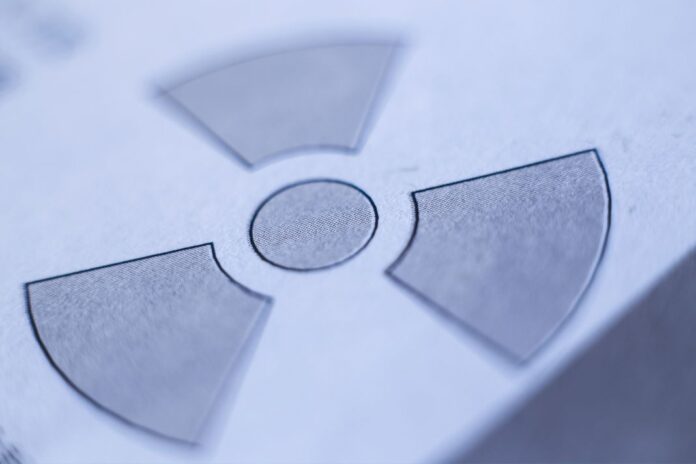In an era where healthcare costs continue to rise, Indian healthcare institutions are seeking innovative solutions to provide high-quality medical services without compromising their budgets. One such solution gaining prominence is the adoption of refurbished medical imaging equipment. In this article, we delve into the financial benefits of refurbished imaging and present a comprehensive cost-benefit analysis for healthcare institutions in India.
The Rising Demand for Imaging Services
The demand for diagnostic imaging services in India is on the upswing, driven by factors such as an aging population, increased disease prevalence, and a growing middle-class seeking better healthcare. However, acquiring brand-new imaging equipment can be financially daunting for many healthcare facilities, especially smaller ones.
The Appeal of Refurbished Imaging Equipment
Refurbished imaging equipment offers a viable alternative. These machines, often sourced from reputable vendors, undergo rigorous refurbishment processes to ensure they meet or exceed original manufacturer specifications. The appeal of refurbished imaging equipment lies in its ability to provide high-quality diagnostic capabilities at a fraction of the cost of new machines.
Cost Savings
One of the most significant financial benefits of opting for refurbished imaging equipment is cost savings. Typically, refurbished equipment costs 30% to 60% less than brand-new counterparts, allowing healthcare institutions to allocate their budgets more efficiently.
Reduced Maintenance Costs
Refurbished equipment is thoroughly inspected and refurbished to ensure optimal performance. As a result, maintenance costs tend to be lower compared to older, non-refurbished machines. This means fewer unexpected repair expenses and decreased downtime, resulting in better operational efficiency.
Extended Equipment Lifecycle
Refurbished imaging equipment can often have an extended lifecycle, allowing healthcare institutions to get more value out of their investment. This can translate to significant long-term cost savings.
Access to Advanced Technology
Refurbished imaging equipment is not limited to outdated technology. Many vendors offer refurbished versions of advanced imaging modalities like MRI scanners, CT scanners, and digital X-ray machines. This enables healthcare institutions to provide state-of-the-art diagnostic services without the hefty price tag.
Faster Return on Investment (ROI)
With lower upfront costs and reduced maintenance expenses, healthcare institutions can achieve a faster ROI when they invest in refurbished imaging equipment. This means quicker financial benefits and the ability to reinvest in other critical areas of healthcare delivery.
Customization Options
Refurbished equipment can be tailored to meet specific needs. Healthcare institutions can choose features and specifications that align with their patient populations and services, optimizing both patient care and financial performance.
Conclusion
The financial benefits of refurbished imaging equipment in Indian healthcare institutions are clear. They offer a cost-effective way to meet the growing demand for diagnostic imaging services while maintaining financial stability. As healthcare facilities continue to grapple with budget constraints, refurbished imaging equipment stands as a smart and practical solution to provide quality care without breaking the bank. For Indian healthcare institutions looking to enhance their diagnostic capabilities and financial health simultaneously, investing in refurbished imaging equipment is a wise choice.












